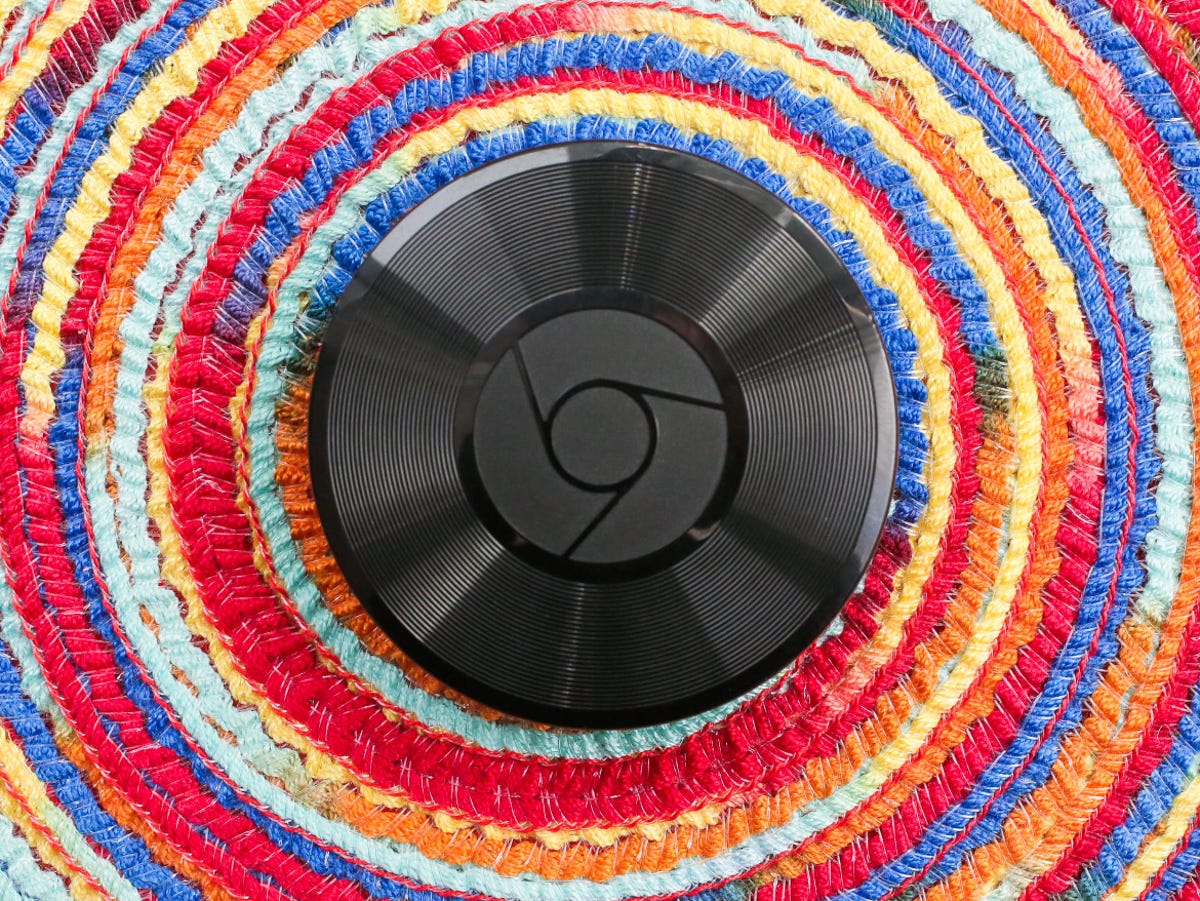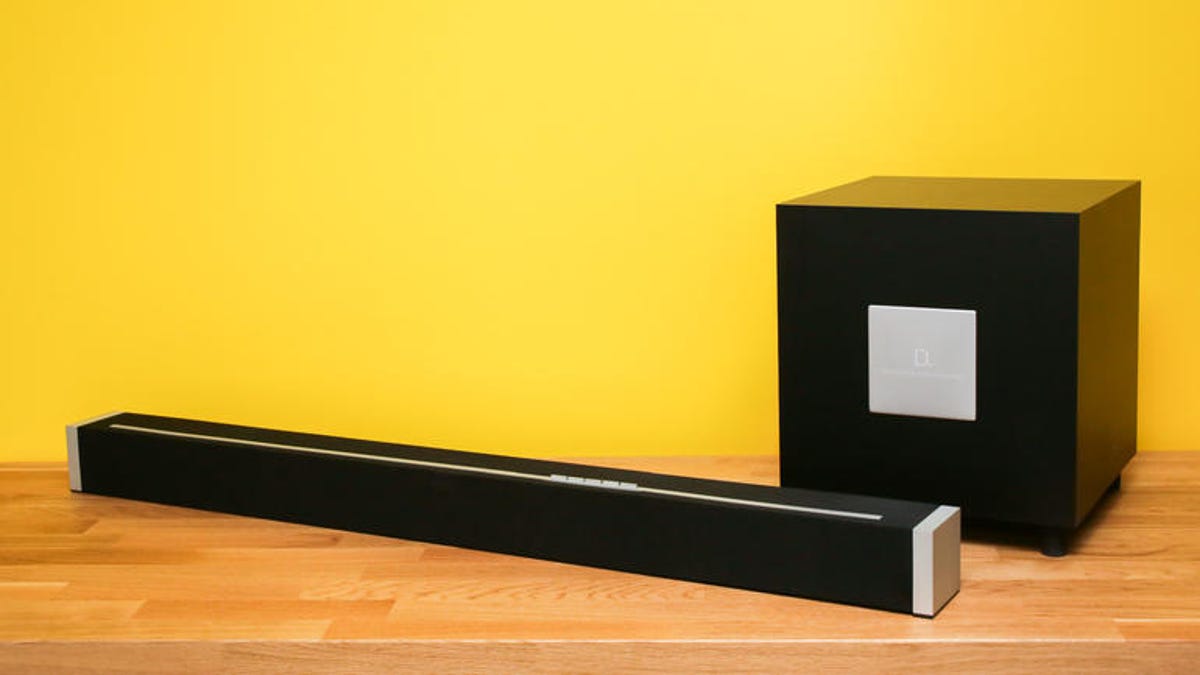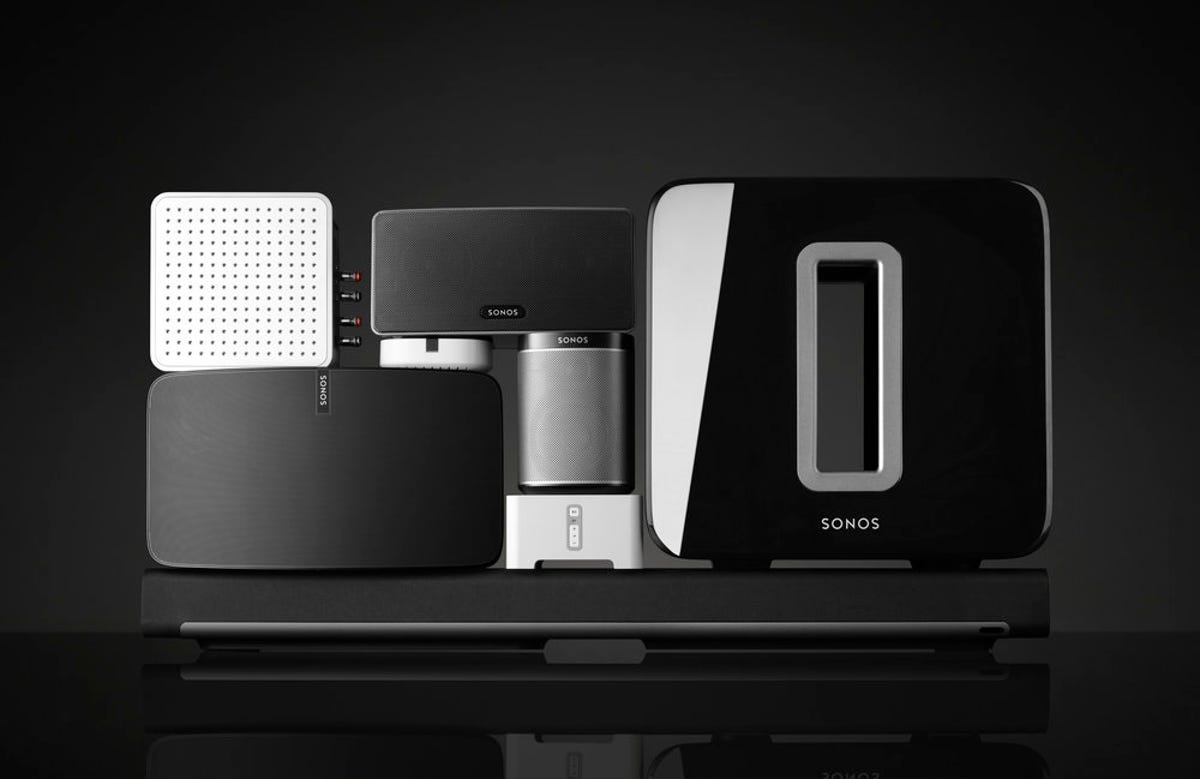You’ve got lots of options to stream music into your home. I’m not talking the streaming services (Spotify, Pandora, Tidal, etc.), but the technology to get music from your phone to a speaker or to multiple speakers around your home — or both.
There are hundreds of speaker options that let you do this, but just as not all the speakers are the same, the technologies behind them aren’t either. In fact, even using the same speaker but different streaming methods can result in different sound quality.
Here’s why.
Bluetooth
Pro: Convenient.
Con: Adds additional compression (usually meaning lower sound quality).
The near-ubiquitous Bluetooth connection is a simple, low-power way to get sound from your phone to a speaker (or headphone). The “low-power” is key for battery life, while the “simple” is true once you get the device connected initially.
The problem is, Bluetooth is compressed, and that’s in addition to whatever compression your music has already gone though. How much compression it’s been subject to will vary, depending on the source (your phone or tablet) and the speaker. Bluetooth doesn’t have to sound bad, but most current implementations do reduce sound quality.
AptX was created as a better compression option that offers better sound quality, though again, that depends on implementation. Also, both your device and the speaker need to be aptX-compatible, (hint: if you have an Apple product, you’re out of luck). Does it help? That’s debatable. Check out Can aptX give you better sound over Bluetooth? and About.com’s What is aptX? for more detail.
Related Articles
- The best Wi-Fi music systems for 2016
- Wireless HD video is here, so why do we still use HDMI cables?
- TV resolution confusion: 1080p, 2K, UHD, 4K, 8K, and what they all mean
- From SUHD to nits: 2016 TV marketing terms and what they mean
AirPlay
Pro: Lossless Audio potential
Con: Very Apple-centric
Apple’s AirPlay is in a lot of speakers and can connect to your other gear with an Apple TV or AirPort Express. Generally, the speakers available with AirPlay built in are fairly high-end, though there are some exceptions.
AirPlay’s sound advantage is that it’s possible to transmit lossless audio, with no additional potential for further loss like with Bluetooth.
The downside is you need an Apple device or a PC running iTunes to make it work. If you’re an Apple person, no problem. If not…best to check one of the other options. Also be aware that it maxes out at CD-quality 16-bit/44kHz: so there’s no high-resolution audio. While multi-room is possible, it’s not as flexible as other options here.
Chromecast Audio
Pro: Cheap, and high-res.
Con: New, fairly Google/Android-centric, few built-in options (for now).
Not to be confused with the similar looking “regular” Chromecast, the Chromecast Audio lets you stream music from your phone or tablet to one or more Chromecast Audio dongles. Output is either analog or optical, so it requires powered speakers (or a receiver) with those inputs.
Basically, any audio on your phone or tablet can be “cast” to the Audio, up to a high-res 24-bit/96kHz. The biggest benefit is its price: $35.


Sarah Tew/CNET
The first downside is right now you need one of those dongles, which means you you already need a speaker that it can connect to. However, there are a few Google Cast speakers on the market, and we’ll certainly see more soon.
The other major downside is if you’re not on Android, you’re not going to be as amused. No Apple Music streaming, and no Amazon Music streaming on iOS. Check out our full review of the Chromecast Audio for more info.
Play-Fi


The high-end Definitive Technology W Studio system features Play-Fi onboard
Sarah Tew/CNET
Pro: Up to 24-bit/192kHz audio.
Con: Fairly new.
Play-Fi is DTS’s answer to AirPlay. It’s similar, in that it gets music from your mobile device to speakers, but it has the added bonus of being able to transmit high-resolution audio, up to 24-bit/192kHz (although it is reduced to 48kHz over wireless). It’s also platform agnostic, running on Android, iOS, Windows and even the Kindle Fire.
While there aren’t a ton of Play-Fi products on the market, CES 2016 introduced a slew of new Play-Fi partners and compatible speakers.
The other downside is, if you’re an Apple person, it won’t work with Apple Music. So if you fall into that category, unless you want to stream high-res music, it’s best to stick with AirPlay.
For everyone else, Play-Fi is becoming an interesting option.
Check out DTS Play-Fi takes streaming fight to Google for more info.
Sonos
Pro: Exceptionally easy.
Con: Stuck within the Sonos ecosystem.
When it comes to simple whole-home audio, Sonos is the one to beat. It’s easy to set up and easy to use. It has access to just about every audio streaming service — even Apple Music. Its app is easy to use, and there is a wide range of speakers available.
There’s no Bluetooth, which isn’t a huge deal, although it doesn’t let your friends play their music on your speakers very easily.


Courtesy of Sonos
However, the only speakers that work with Sonos are Sonos speakers. There’s a wide variety, and most sound quite good, but if they don’t make something in your price range, or in a style/configuration you like, your options are limited. The Connect and Connect Amp products will connect other speakers to your Sonos network, but they’re very expensive for what they do, especially when compared to the Chromecast Audio.
Check out our reviews of the Play:1, Play:3, Play:5 or Playbar soundbar for more info.
Proprietary alternatives
There are several companies selling similar whole-home audio options to those mentioned above. Yamaha and Denon have shown some interesting variations on the theme. However, they’re proprietary. As in, you can only use other products from that company if you want to expand your system.
True, Sonos is an example of this, but they’ve been around for many years and have a solid track record of coming out with updates and new speakers. Will a new contender on the market eventually do the same, and more importantly, continue to support their whole-home audio products? We’ll certainly keep an eye out.
The best streaming option
When it comes down to it, the best streaming option overall is the one the gives you the most access to your music. Is all your music on iTunes and Apple Music? AirPlay is probably your best option. On Google? Chromecast. Play-Fi has the widest support from manufacturers for its standard, but if you don’t have any hi-res music, maybe that functionality isn’t useful. However, perhaps you like the speakers better.
That’s probably the biggest point. Sure, there are sound quality differences (especially between Bluetooth and the others), but if you’re listening to Pandora on a a tiny speaker, the stream from your phone to the speaker is the least of your sound-quality issues.
If you’re a bit more flexible, check out the best Wi-Fi music systems for 2016
Got a question for Geoff? First, check out all the other articles he’s written on topics such as why all HDMI cables are the same, LED LCD vs. OLED vs. Plasma, why 4K TVs aren’t worth it and more. Still have a question? Send him an email! He won’t tell you which TV to buy, but he might use your letter in a future article. You can also send him a message on Twitter @TechWriterGeoff or Google+ and check out his travel photography on Instagram.




